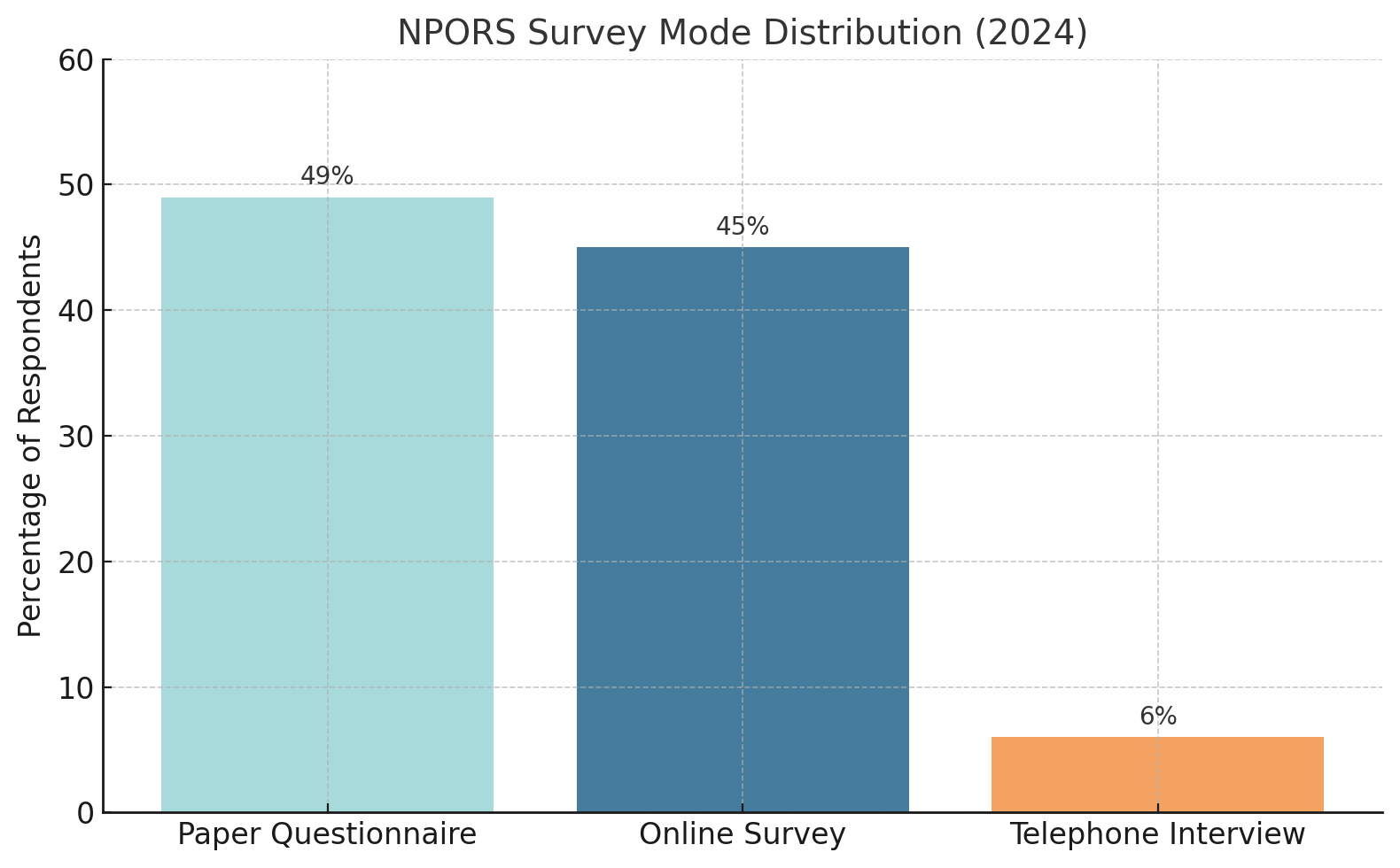Today, the world is shaped by digital interactions, and online surveys are considered a preferred tool for gathering data quickly and efficiently. However, many overlook a powerful ally for data collection: offline surveys. For market researchers, offline surveys continue to offer indispensable value, especially in an environment where there is no internet, low connectivity, overloaded wifi or in-person events.
While online surveys can collect immediate, quantifiable feedback, they still fall short in reaching hard-to-access audiences. In regions such as rural communities or economically underserved populations there is limited or no internet access, offline surveys deliver a more inclusive approach. One example is the National Public Opinion Reference Survey (NPORS) conducted by Pew Research Center. Paper surveys are mailed to the individuals who did not complete online surveys and are also provided with a toll-free number if they want to take a survey over the phone (CATI) with a live-interviewer. This multi-mode approach ensures that insights are gathered from a broad and diverse section of the population who are not easily approachable online.

Offline access in remote or challenging environments
Offline surveys also play a crucial role in remote, off-grid, or high-traffic locations where internet connectivity is limited or unavailable. Whether it's fieldwork in a rural Indigenous community, feedback collection inside a factory floor, or public health assessments in emergency zones, offline tools keep data collection moving.
For example, in disaster relief areas, survey teams often work without the internet but need to gather urgent on-the-ground feedback to guide aid distribution. With offline survey tools, they can store responses securely on tablets and sync the data once a connection becomes available.
Offline surveys are also useful in in-person settings like trade shows, car expos, or pop-up retail events, where Wi-Fi may be unreliable or overloaded. These environments also offer a valuable opportunity to engage people face-to-face and break through digital fatigue. Example-Ford or Hyundai frequently use on-site surveys at automotive expos and have noticed that interacting with customers face-to-face offers high response rates, often more than 70 percent and provides real-time emotional feedback.
Quality over quantity: why offline surveys capture real opinions
There are certain situations where offline surveys simply do a better job.
Consider the automotive industry, where test-drive events and expos are common opportunities to gather feedback. These in-person experiences allow brands to collect unbiased, on-the-spot reactions from potential buyers.
Global automotive brands such as Toyota and Hyundai frequently use offline surveys across African and Southeast Asian markets to better understand localized consumer behaviors and preferences.
Even though offline methods take more time and logistical planning, they often deliver higher data quality and richer insights when managed properly.
Conclusion
Despite our rapid digital evolution, offline surveys continue to thrive, offering valuable insights that online methods can't always deliver. Whether it’s about capturing subtle emotional cues, reaching underserved populations, or collecting data in disconnected environments, offline surveys remain a crucial part of modern research.
At Q-Fi Solutions, we understand that not all research happens online. That’s why our platform includes robust Offline Mode capabilities and built-in phone IVR technology, making it easy to collect data in remote locations, on the ground, or over the phone. No matter the setting, Q-Fi keeps research flexible, scalable, and simple, ensuring you can reach your audience wherever they are.






%20(2).png)





%20(8).png)
.png)
%20(6).png)
.jpg)
.png)


